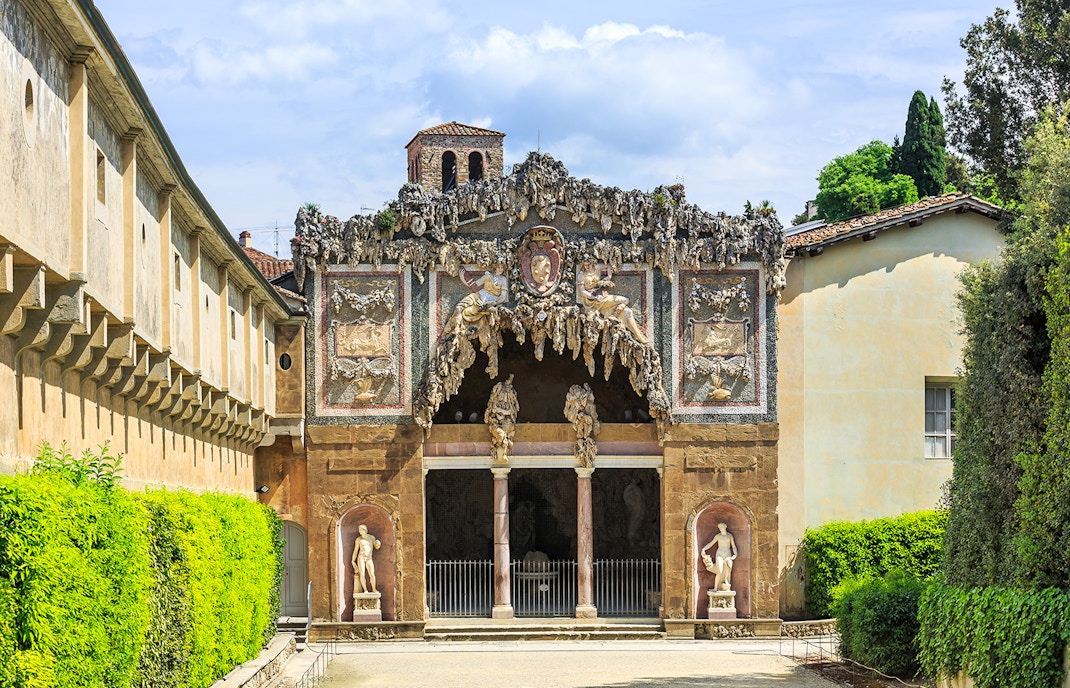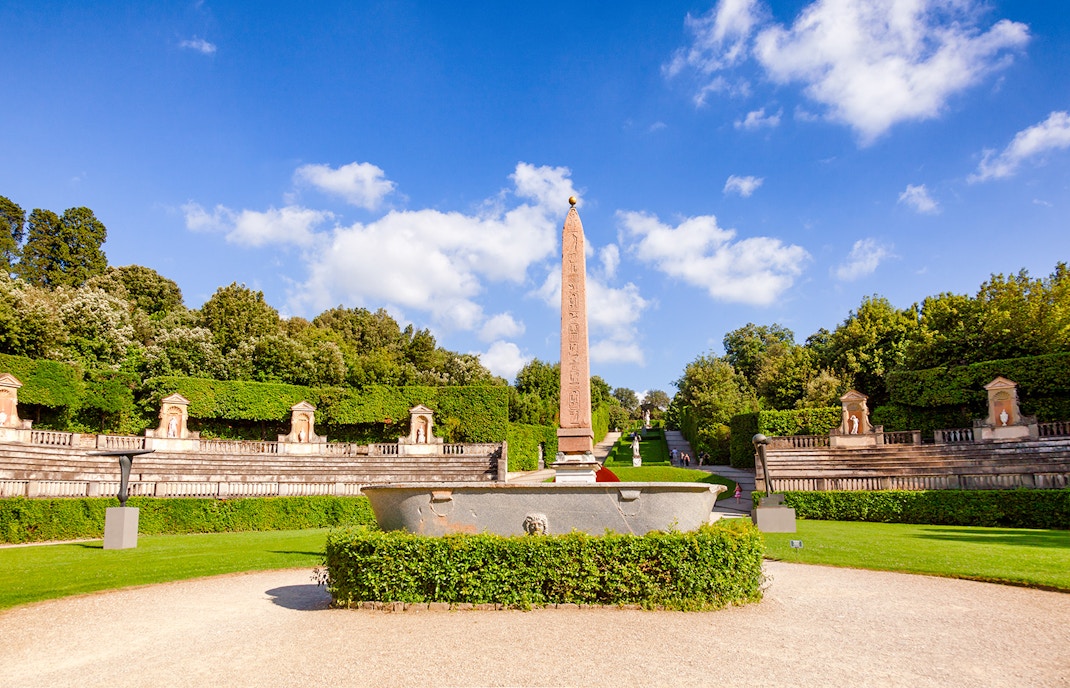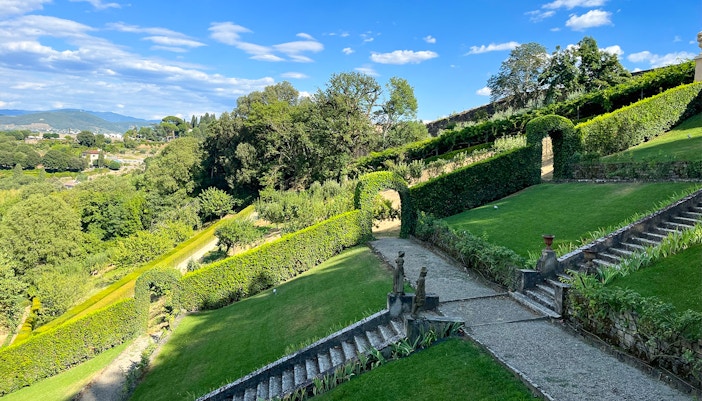Legacy and impact of the Boboli Gardens
The Boboli Gardens in Florence, Italy, continue to stand as a testament to the grandeur and innovation of Renaissance garden design. Their influence extends far beyond Italy, shaping the development of garden and landscape architecture across Europe and beyond.
Today, the Boboli Gardens serve as a source of inspiration for garden designers and enthusiasts worldwide, with their symmetrical layout, terraced slopes, and meticulously sculpted greenery. They have left an indelible mark on notable green spaces such as the Gardens of Versailles in France, the Royal Botanic Gardens at Kew in England, and the Schönbrunn Palace Gardens in Austria, among others.
Additionally, many gardens in Florence, such as the Bardini Gardens, Giardino delle Rose, and Giardino dei Semplici, bear traces of the Boboli's influence, further cementing its status as a cornerstone of garden design history.











